30+ Footnote Format Examples to Download
There are many ways a writer can provide specific portions or sections of the text without needing to insert the information in the main body. The writer can use a footnote on their poem, book, biography, autobiography, etc., to help readers understand specific key details, have access to the reference for the fact, and provide more nuance to the context, theme, or tone.
1. Chicago Footnote Example
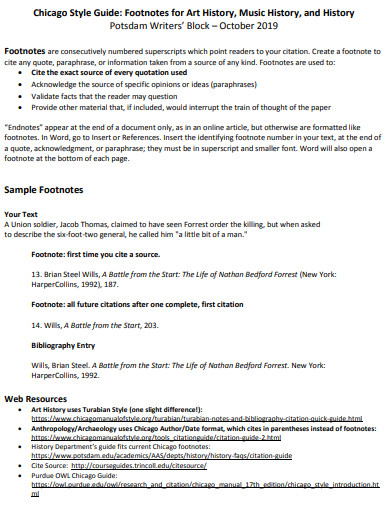
potsdam.edu
2. APA Style Footnote Example

utoledo.edu
3. MLA Footnote Example
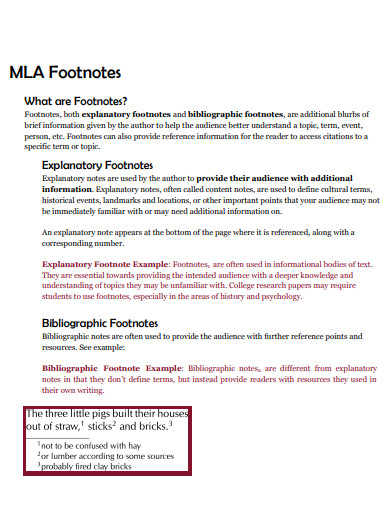
lewisu.edu
4. Citation Footnote Example
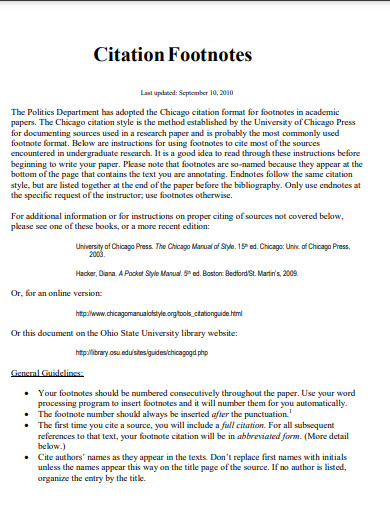
politics.ucsc.edu
5. Website Footnote Example

geetalawcollege.in
6. Research Paper Footnote Example
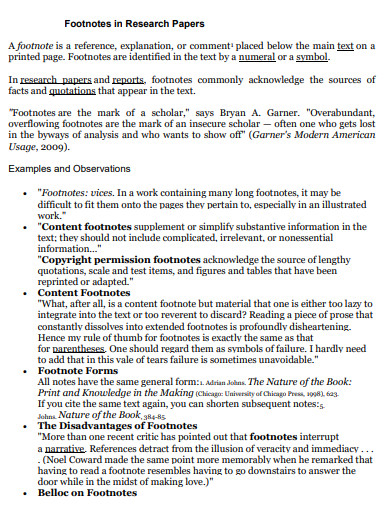
old.amu.ac.in
7. Bibliography Footnote Example
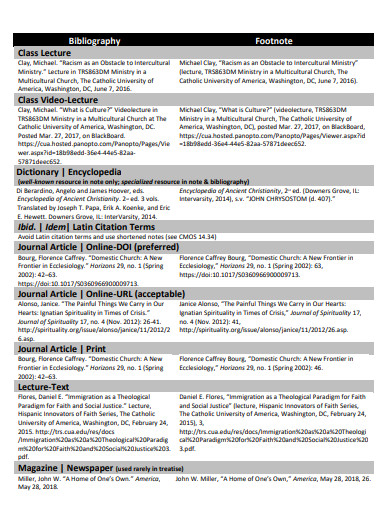
trs.catholic.edu
8. Book Footnote Example
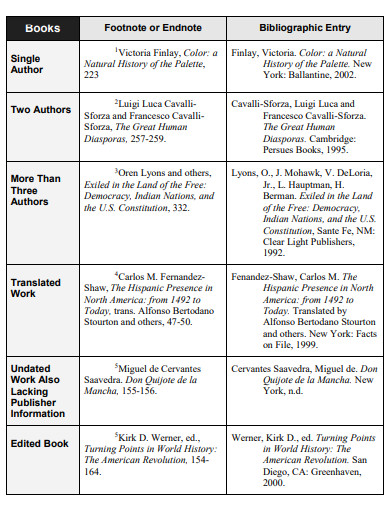
landmark.edu
9. APA Citation Footnote Example
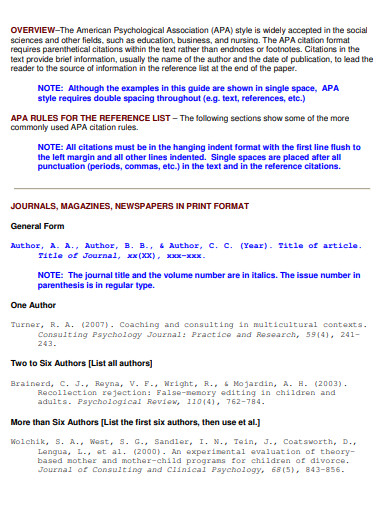
users.abo.fi
10. Harvard Footnote Example
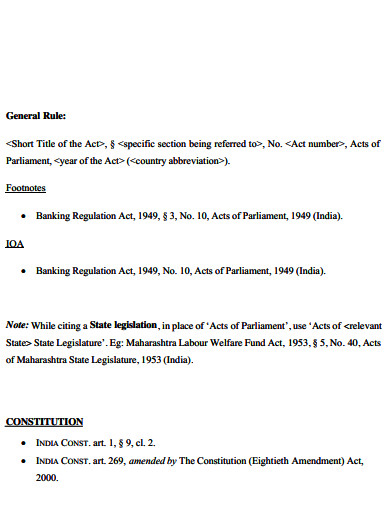
scconline.com
11. Journal Footnote Example
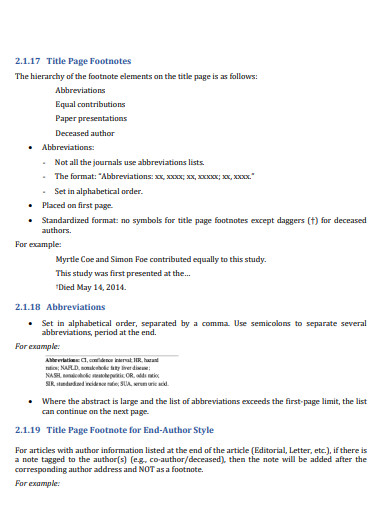
onlinelibrary.wiley.com
12. APA 7 Footnote Example
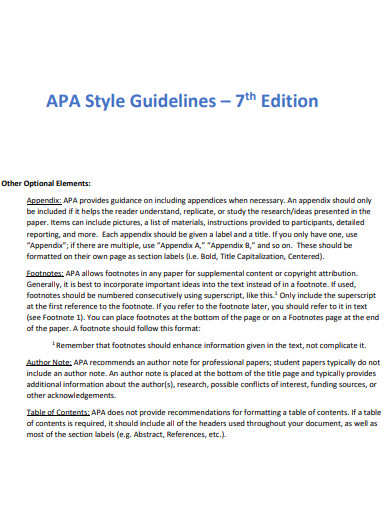
brainfuse.com
13. Quote Footnote Example
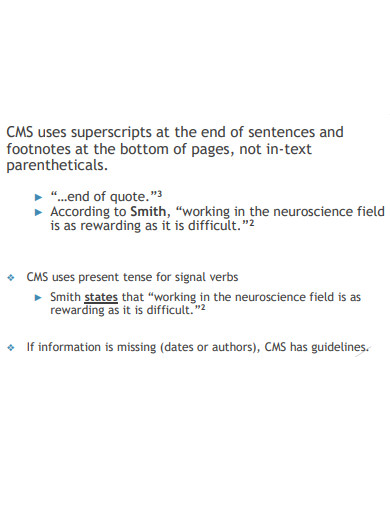
cmich.edu#
14. Turabian Footnote Example

dbu.edu
15. Essay Footnote Example
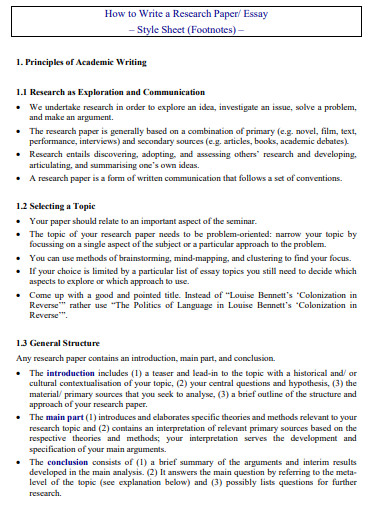
anglistik.hhu.de
16. Paper Footnote Example

lcps.org
17. Endnotes Example
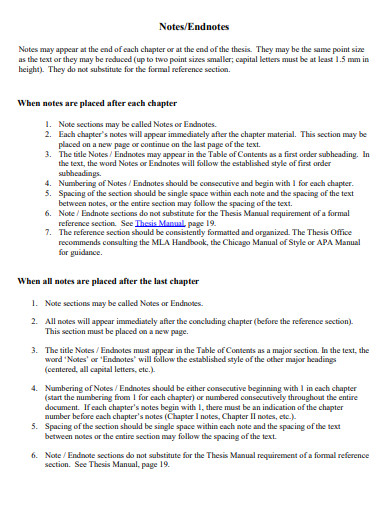
grad.tamu.edu
18. Cross Reference Footnote Example
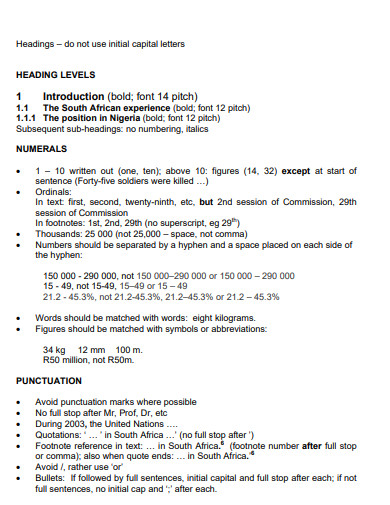
pulp.up.ac.za
19. Table Footnote Example
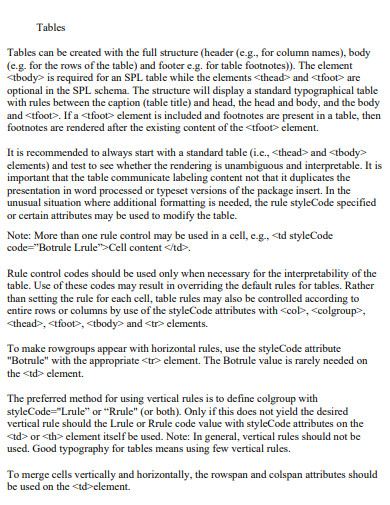
fda.gov
20. Asterisk Footnote Example

optum.com
21. Footnote Example
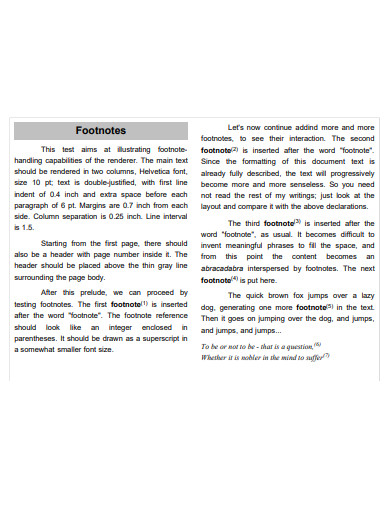
w3.org
22. Oscola Footnote Example

taylorslibrary.taylors.edu.my
23. Text Footnote Example
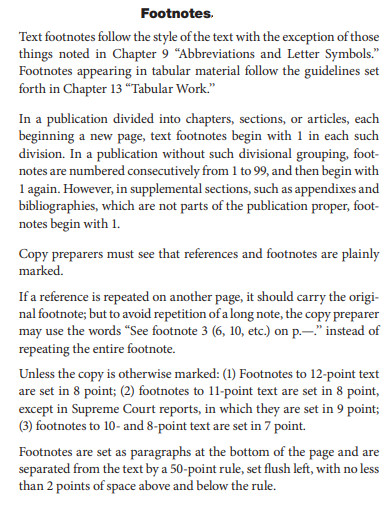
govinfo.gov
24. Superscript Footnote Example
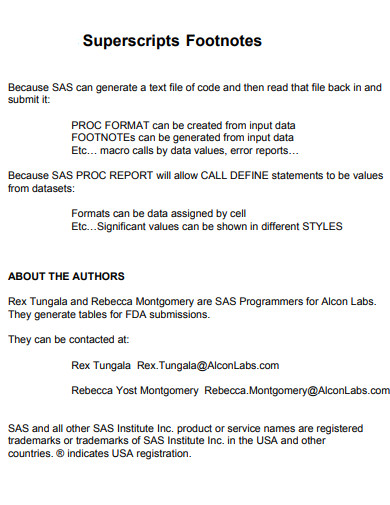
support.sas.com
25. Article Footnote Example

adb.org
26. Footnote Style Example
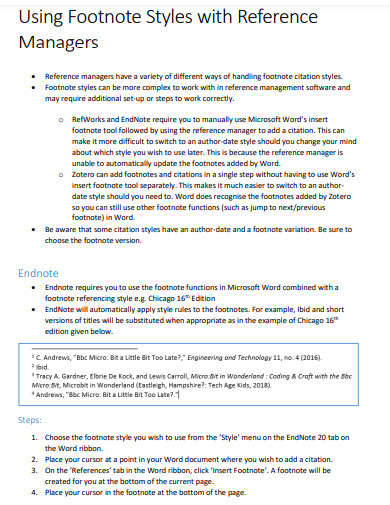
bodleian.ox.ac.uk
27. Short Forms in Footnote Example
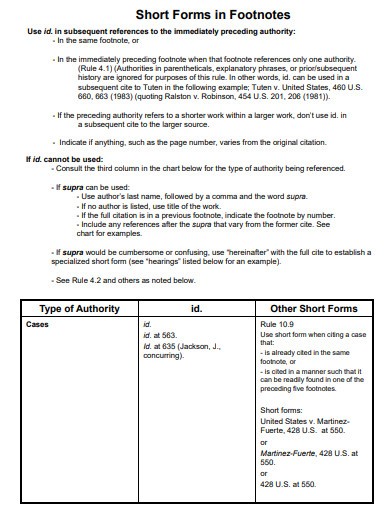
law.nd.edu
28. Simple Footnote Example
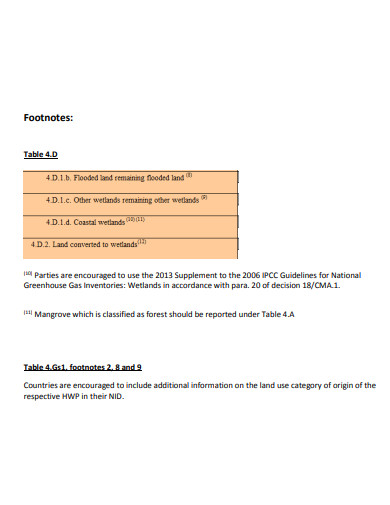
unfccc.int
29. Printable Footnote Example
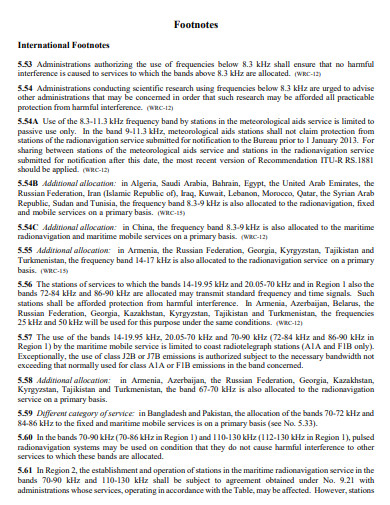
ntia.doc.gov
30. Footnote Document Example
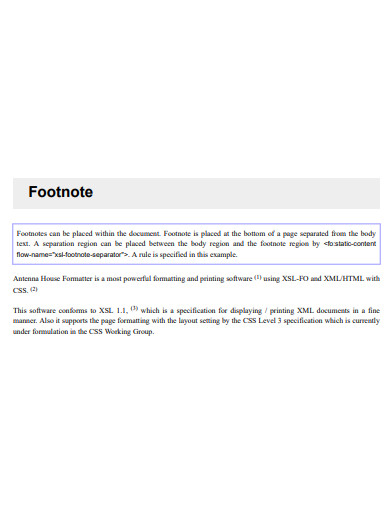
antennahouse.com
31. Footnote Format Example
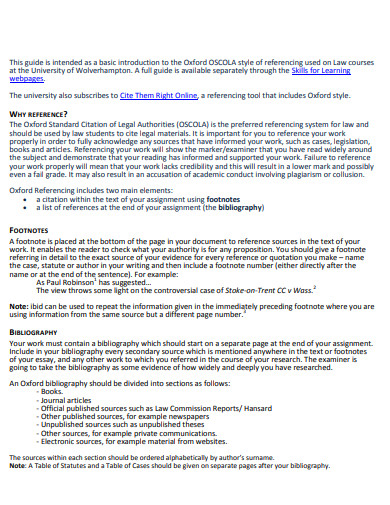
wlv.ac.uk
What Is a Footnote?
A footnote is a succinct statement, phrase, or label the author will put on the footer, which will provide information about a specific portion of the text on the same page. The contents, format, or outline of the footnote will wholly depend on the writing style the writer will adopt for their text. For example, if the text uses the MLA style of writing, then the footnote will provide the reader with information about a specific word, common noun, proper noun, or phrase.
How to Write an MLA Footnote
An MLA footnote will provide the reader with a description, definition, or explanation of a specific keyword or phrase the author will mark with either an asterisk or a number enclosed in brackets. If you require footnote examples and samples in different formats, then you may use any of the links in the section above as a reference.
Step 1: Determine the Text that Requires the Footnote
Before you will write the footnote, you must determine which part of the text will require the addition of a footnote. The text you will choose will determine the contents and explanation in the footnote.
Step 2: Write Down the Footnote Signal
After you have determined the text you will create a footnote for, you must write down a small symbol, which will act as the signal for the reader. This signal can be an asterisk or a number enclosed in brackets.
Step 3: Mark the Same Signal on the Footer of the Page
You must then add the same signal you have chosen on the footer of the page. This will indicate to the reader that the accompanying information presented after the signal is related to the text.
Step 4: Write the Description of the Footnote
When you have finished inserting the chosen signal or symbol, you will then write the description as succinctly as possible. If you need more footnotes on the specific page, you will repeat steps one through four.
FAQs
How long should a footnote be?
The writing style the person adopts for the text will determine the length and contents of the footnote. For example, an MLA footnote should be a short simple sentence that will succinctly describe the text with the footnote.
What is the importance of the footnote?
The footnote is a tool writers can use to provide various details and information that would otherwise stick out if it was in the main text. This means that authors can provide accurate information and the nuances that surround a specific word or phrase in the text without disrupting the flow.
What are the types of footnotes?
There are two types of footnotes a person can use on their text, which are content and copyright footnotes. The latter allows the writer to provide accurate information about the source of their text to help the reader understand the objectivity of the facts the writer has presented to them without plagiarism, while the content footnote will provide further information about the text with the footnote.
Footnotes are short statements, information, or descriptions that a writer inserts into the footer to provide the reader with more knowledge and data about the text. Well-written footnotes allow the reader to understand the content without leaving room for misunderstanding and misinterpretation.


